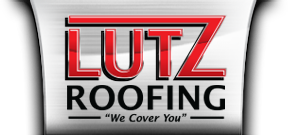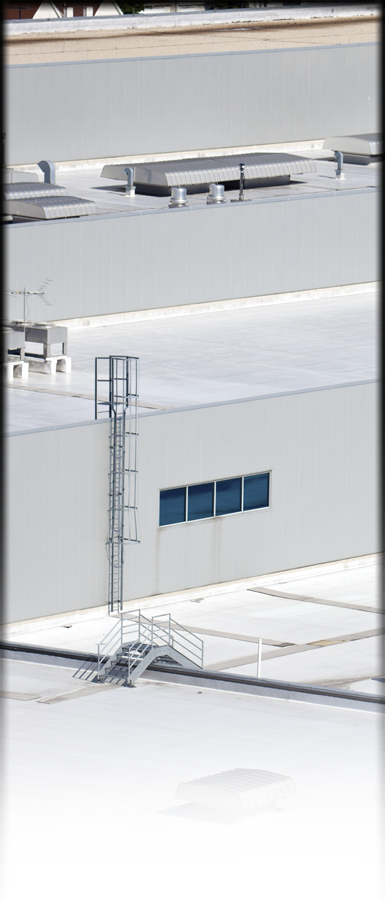TPO and PVC are white-colored single-ply roof systems which are growing in popularity due to the belief that a reflective white roof substrate is beneficial to the environment. TPO and PVC are different in molecular formulations, but the installation procedures are similar. These roof systems utilize a seaming system in which the membrane laps are heat-welded using a sophisticated heat gun apparatus. The TPO variation is a newer product which was introduced to the market within the last decade.
PVC roof systems have had a spotty history in northern climates, and they are losing market share to TPO roof systems. Earlier PVC systems, particularly those which did not utilize a membrane reinforcement scrim, were prone to cracking or shattering of the membrane. The new PVC systems utilize a reinforced membrane and they have alleviated many of the concerns from the 1980s – ‘90s. The main cause for their declining market share is based on the belief that TPO membrane is more environmentally-friendly than PVC membrane.
The TPO roof system is the fastest growing roof system in the country. TPO is preferred over PVC by many roof specifiers not only because of the environmental aspect, but also because TPO generally costs less than PVC. TPO roof systems generally require less labor than adhered EPDM roof systems and their growth is being fueled from their popularity on new construction projects.
There is some hesitancy from many roofing contractors and roof consultants in the Midwest to jump on the TPO bandwagon. Since the system is relatively new, there are some fears that the roof system could run into unexpected performance problems. Also, there is no evidence to suggest that a white membrane is environmentally beneficial in cold-weather states. Most roofing experts agree that white membranes do not hold their reflectivity beyond the first several years of the original installation, and that increasing insulation R-Value beneath the roof system, is the best way to obtain long term energy savings. It should be noted however, that mandating white roof systems in densely populated urban areas, may reduce the heat island affect in major cities.
White TPO roof systems may have a prominent future in the roofing industry, especially in the southern states. While we continue to install a great deal of TPO roofing due to the market-driven desire to have a white-colored roof, we are still waiting to analyze the full track record of this relatively new system.







